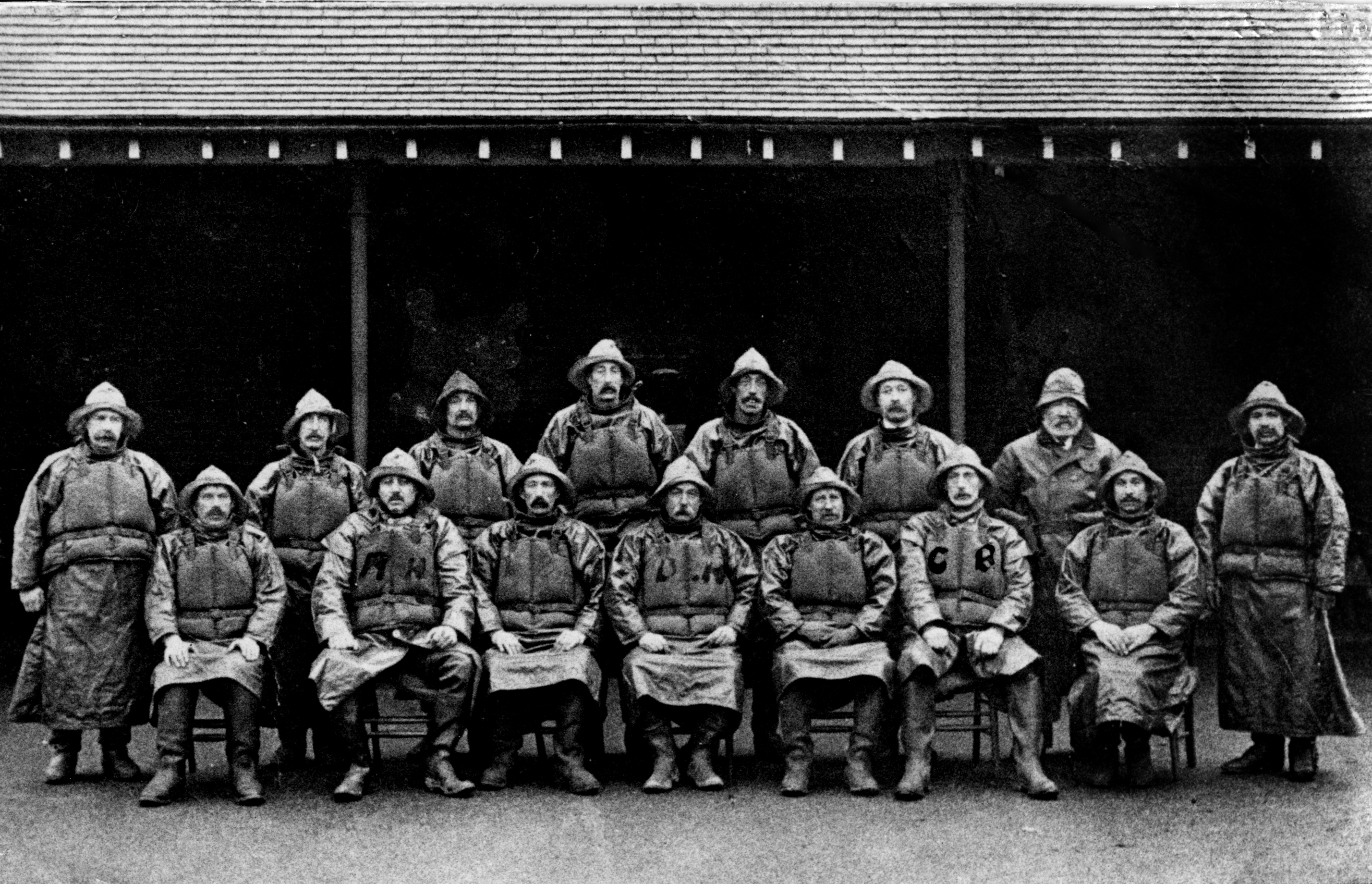James Stevens No. 14
The backbone of the Navy
JAMES STEVENS No. 14 was a 43ft Norfolk and Suffolk Class Lifeboat built in 1900 at the Thames Ironworks, Blackwall. During her service career, between 1900 and 1928, JAMES STEVENS NO.14 was launched a total of 126 times, and she is credited with saving 227 lives. She was in service throughout the First World War saving 158 lives.
Her most famous rescue was on 29/30 December 1917, when she rescued the 92 passengers and crew plus two cats of the SS PEREGRINE of London after she ran aground on the Long Sand Head off Walton on the Naze in a force nine easterly gale. The majority of the passengers were Belgian women and children, refugees from the fighting in Flanders.
At first it proved an enormous challenge simply to find the wreck, given the terrible weather. Then it took six attempts before the lifeboat could pull alongside the 780 ton vessel. The lifeboat then shuttled 59 passengers and the chief steward between the wreck and a waiting patrol vessel. In a race against time, as the ship was breaking up, the lifeboat returned for the remaining 32 crew members. The rescue took all night and left the lifeboat badly damaged. Coxswain William Hammond was awarded a Silver Medal and Second Coxswain John Byford a Bronze Medal for this rescue.

The full history of JAMES STEVENS No. 14 during the First World War is recorded in the book ‘Walton and Frinton Lifeboat – A Station History’, written by John Steer whose grandfather was one of the crew that attended the wreck of SS PEREGRINE as detailed above. As well as listing the service history of JAMES STEVENS NO. 14, the book also highlights some of the other impacts of the War on the lifeboat service.
By 1916 regular hearings for exemption from call up were being held in Walton. Some members of the lifeboat crew were granted conditional exemption on the grounds that the boat had to be manned by those who understood the work. A regulation in place at the time stated that men whose whole time was occupied by lifeboat service were exempt. The lifeboat service also suffered from restrictions placed on fund raising events such as Lifeboat Saturday in 1914 and 1915. However, the following year the event was held again and publicity noted the fact that the Institution’s boats have now saved over 2000 soldiers, sailors, nurses and doctors.
At the end of the War, those members of the lifeboat crew who had signed up, returned to the town upon discharge, easing the problems of crew shortage. Despite one man being wounded, no members of the lifeboat crew serving in the Forces or Merchant Navy had been killed on active service.
